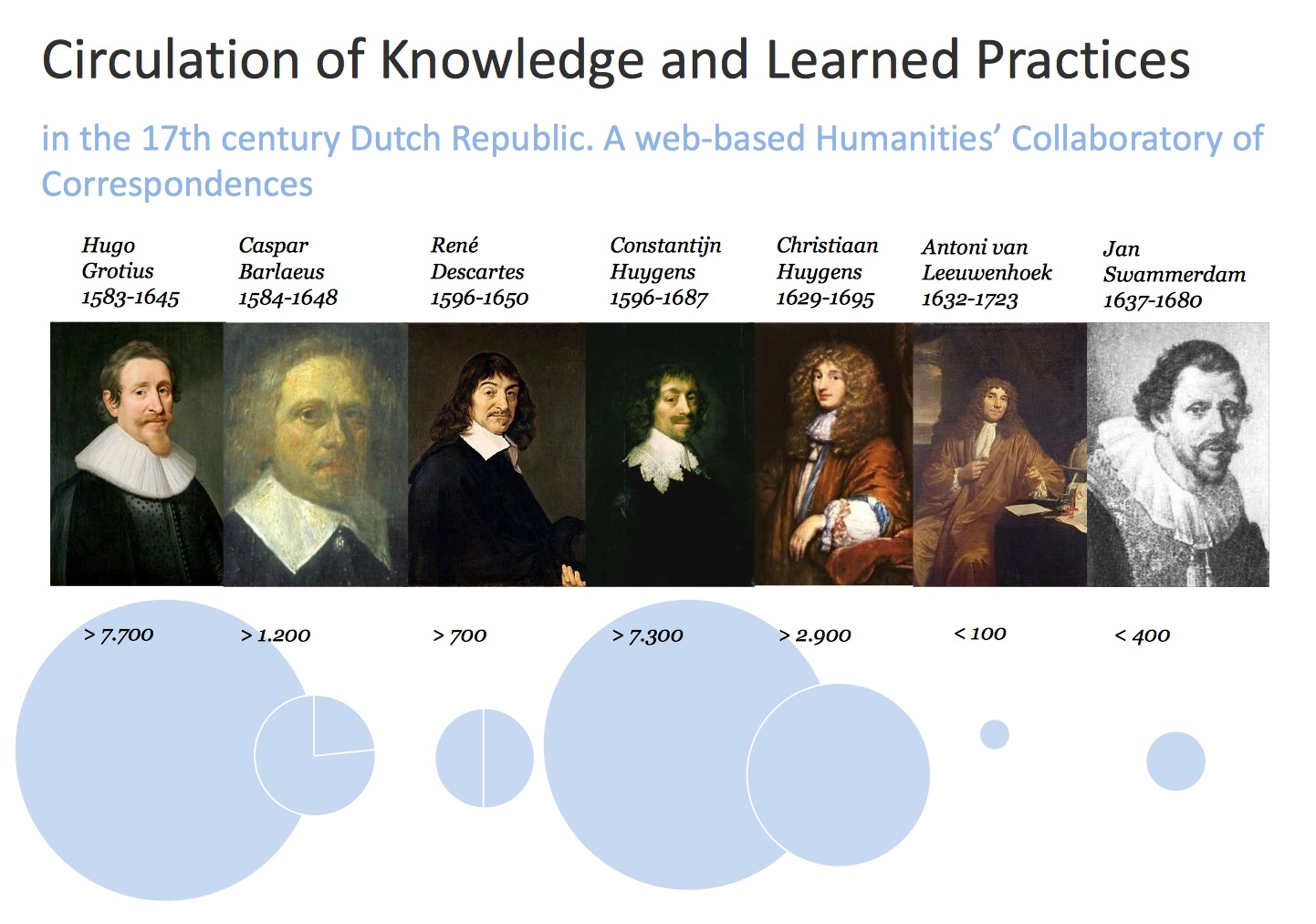LESLLA - Low-educated/Illiterate Second Language Learners
SummaryLESLLA was curated by the DCS (delivered in August 2013). More info on the DCS: http://dev.clarin.nl/node/1963.
LESLLA was curated by the DCS (delivered in August 2013). More info on the DCS: http://dev.clarin.nl/node/1963.

Tool for the quantitative and qualitative comparison of the acquisition of functional elements (morphological inflection, articles, pronouns etcetera) in a corpus with data from monolingual and bilingual children (Dutch - Turkish) with and without Specific Language Impairment (SLI).